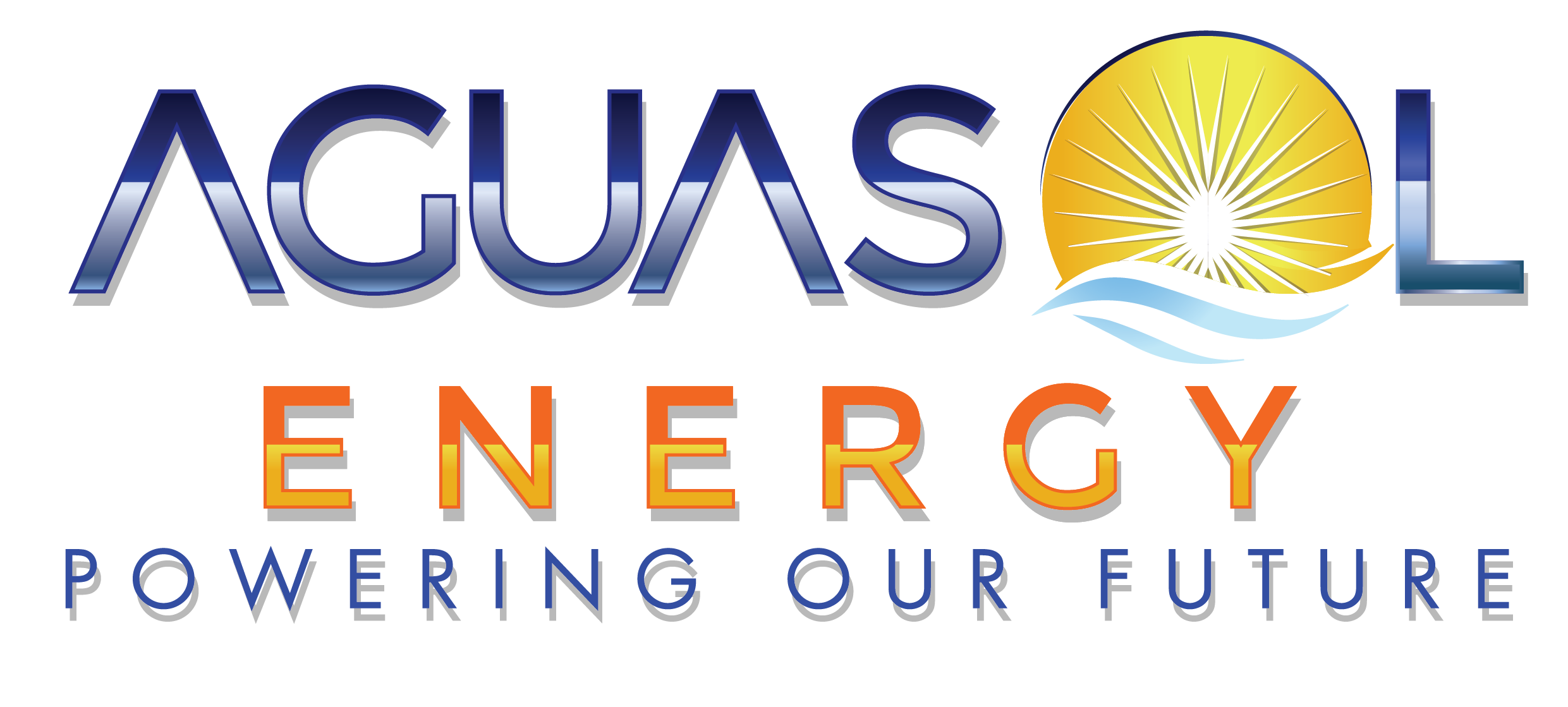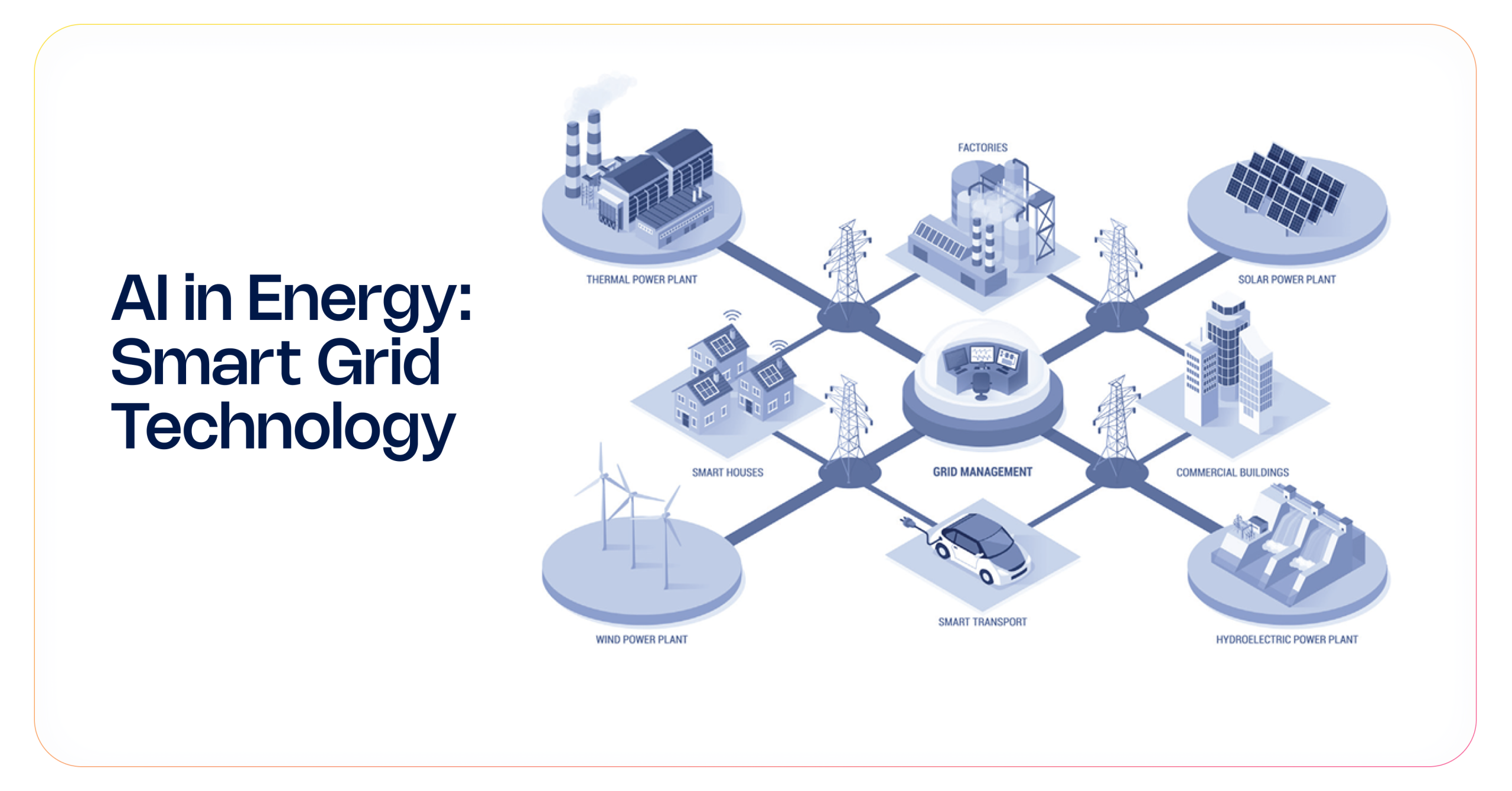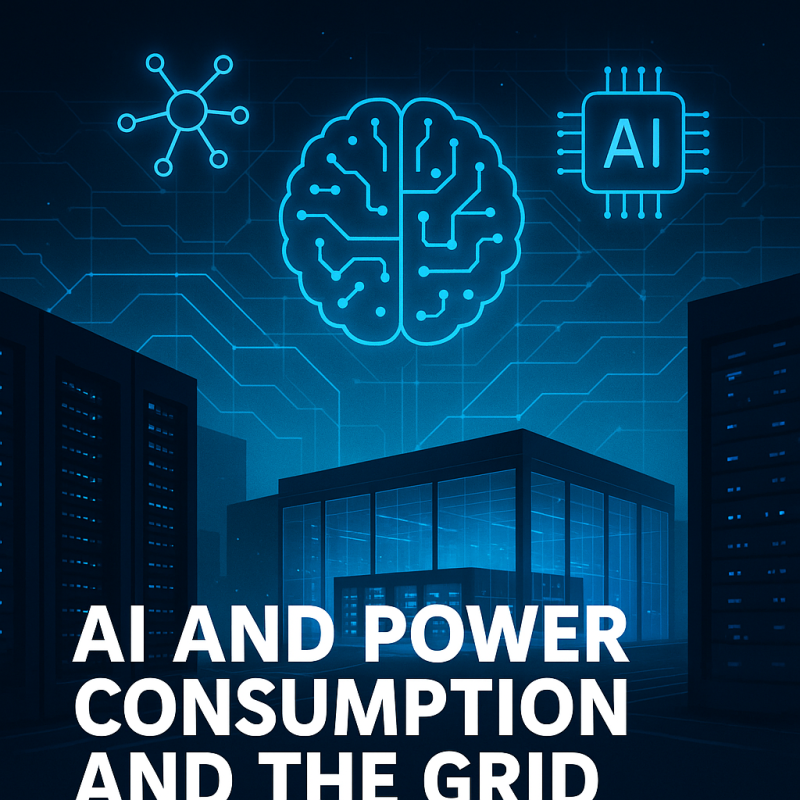Introduction
The electric grid is undergoing a major transformation. As we shift to cleaner energy, electrified vehicles, and smarter devices, our outdated grid infrastructure is being pushed to its limits. Fortunately, Artificial Intelligence (AI) is stepping in to help. AI is changing how we manage electricity—from predicting demand to integrating renewables—making the grid smarter, greener, and more resilient.
⚡ The Grid’s Growing Complexity
In the past, electricity flowed one way: from large power plants to consumers. Today, the system is decentralized and dynamic. With solar panels, wind turbines, battery storage, and electric vehicles all feeding into the system, managing power flow has become incredibly complex.
AI brings the intelligence and speed needed to balance this new, multi-directional energy ecosystem.
🤖 How AI Is Powering the Smart Grid
🔍 1. Accurate Demand Forecasting
AI uses machine learning to analyze vast datasets—such as weather, calendar trends, and real-time energy usage—to predict electricity demand with incredible precision. This helps utilities avoid blackouts and reduce dependence on polluting backup generators.
⚙️ 2. Real-Time Grid Optimization
AI algorithms monitor grid conditions in real time and adjust how power is distributed. They can optimize voltage levels, reroute energy to avoid congestion, and respond instantly to changing demands.
🌞 3. Renewable Energy Management
Solar and wind are intermittent by nature. AI helps forecast energy generation based on weather data and adjusts storage or usage to make the most of available clean power.
🛠️ 4. Predictive Maintenance
Through sensor data and anomaly detection, AI can identify equipment issues before they cause failures. This reduces outages and saves money on emergency repairs.
🌪️ 5. Disaster Resilience
During storms or cyberattacks, AI can isolate damaged sections of the grid, reroute power, and prioritize restoration—minimizing disruption and improving safety.
🌍 Building a Decentralized, AI-Driven Grid
AI is also central to the rise of distributed energy systems, where power is generated and stored locally—think rooftop solar panels, home batteries, and even electric vehicles.
With AI:
- Homes can automatically sell excess power back to the grid.
- Neighborhoods can share energy through peer-to-peer platforms.
- EVs can charge when power is cheapest or cleanest.
This new model empowers individuals and communities while reducing strain on centralized infrastructure.
🔐 Challenges Ahead
AI brings immense potential, but it’s not without risks:
- Data privacy and cybersecurity must be prioritized.
- Equitable access to AI and smart grid tech is essential.
- Human oversight is still critical, especially during emergencies.
Policy, regulation, and responsible AI development will be key to navigating these concerns.
🧠 Conclusion: AI Is the Grid’s Brain
The future of energy is decentralized, renewable, and digitally intelligent. AI will be the brain of this new grid—coordinating power flows, balancing supply and demand, and ensuring resilience in an increasingly unpredictable world.
As we electrify everything from transportation to industry, AI is not just a tool—it’s a necessity.


